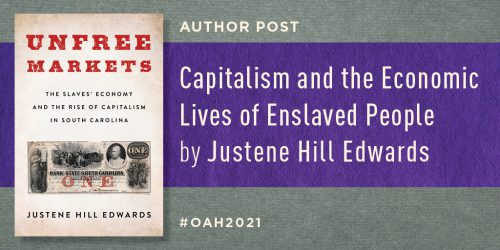Do Mayors Matter? A review of "America's Mayor" and "Ed Koch and the Rebuilding of New York City"
In The New Republic, Edward Glaeser, reviews three recent books on New York City that explore the city’s postwar politics, finances, and efforts at urban renewal. The books discussed include America’s Mayor: John V. Lindsay and the Reinvention of New York, edited by Sam Roberts, and Ed Koch and the Rebuilding of New York City, by Jonathan Soffer.
While some historians and observers have credited Koch with bringing New York City back from the excesses and failed policies of the Lindsay administration, Glaeser points out that both mayors had much in common in terms of their belief in traditional liberal dreams strengths (anti-machine, reformers) and weaknesses (largely ineffective against crime, spread themselves too thin).
In summing up Lindsay’s legacy, Glaeser writes:
Lindsay tried to make New York more beautiful and more enjoyable, presciently grasping that modern cities would succeed not because of ports or railyards, but through their ability to attract people with pleasure as well as productivity. He was an innovative manager, who improved the efficiency of the Sanitation Department and introduced computers that assisted in everything from tracking capital improvements to reducing children’s exposure to lead. He was responsible for policing innovations such as the 911 Call, focusing on high-crime areas and community policing. Lindsay’s support for a “Civilian Complaints Board,” certainly made him unpopular among cops, but it was not an unreasonable response to the problem of police abuse and corruption. And while he could not stop rising crime rates, he did prevent a major riot through a combination of effective outreach and overwhelming—and usually non-violent—police presence. There is some truth to Roberts’s statement that while “the supposition that anybody ‘kept New York from burning’ seems almost quaint,” Lindsay did just that.
However, during Lindsay’s two terms the crime rate soared and population and jobs in the city decreased. While New York City’s decline mirrored those of other northern cities, Lindsay’s fiscal policies and management must take some of the blame. Likewise the city’s resurgence during Koch’s administration was both a result of larger trends and his own policies. The growth of the financial industry and information technology helped New York City prosper during the Koch mayoralty.
Glaeser writes:
And yet it makes no more sense to credit Koch with this success than it does to blame Lindsay for New York’s earlier decline. Koch benefited from trends that he did not cause, though he deserves credit for reinventing the city’s government, and bringing in an ethos of living within its means—that achievement should be enough for any mayor. Still, we need a more sophisticated understanding of how and why these things happen. However important politics is, the history of cities cannot be reduced to the personalities who govern them.
New York’s comeback was created not by Ed Koch, but by industries that exploited the urban ability to connect smart people and spread ideas. The great urban paradox is that, since the 1970s, increases in information technology that should have made it easier to transcend place and telecommute from Tajikistan actually seem to have made cities, such as New York, more important than ever. One explanation of this paradox is that globalization and new technologies have increased the returns to being smart, and that humans get smart by being around other smart people.



